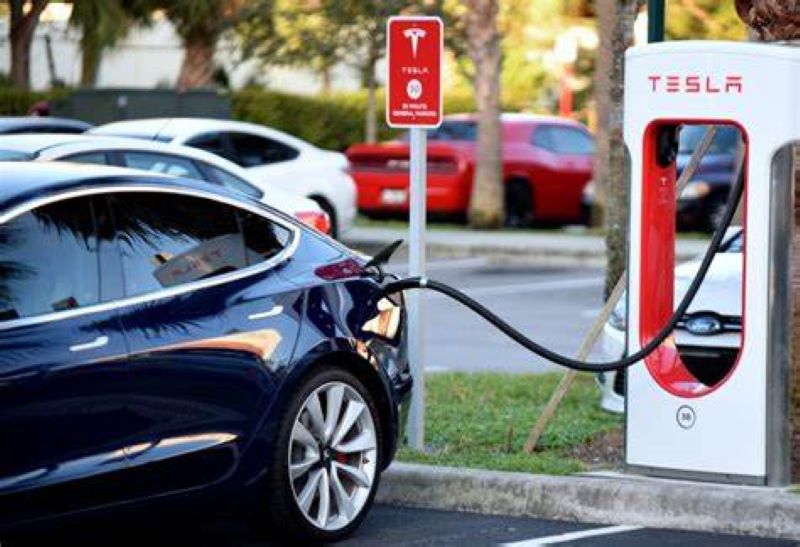Electric Vehicles are becoming a Problem
Currently, it seems the United States may become reliant on hostile nations for the materials needed for manufacturing batteries. Additionally, there are concerns about the capacity of the nation’s grid to handle the increased demand for recharging electric vehicles (EVs). California has already issued advisories urging EV owners not to charge their vehicles at certain times. Moreover, EVs suffer from limited range and extended recharging times, particularly exacerbated by adverse weather conditions.
A recent report in the Washington Times highlights another issue: the weight of batteries used in EVs. These batteries contribute to EVs being up to 50% heavier than traditional internal combustion engine vehicles. This additional weight poses significant risks to infrastructure such as roads, bridges, and parking garages. EVs can easily damage safety guardrails and pose greater hazards to other drivers, pedestrians, and cyclists sharing the same routes.
“The problems associated with EVs are poised to grow as more consumers purchase the cars under the Biden administration’s plan to eliminate gas-powered vehicles and the tailpipe emissions that come with them,” the report explained.
According to engineers recently cited in Structure Magazine, construction firms and building codes must adapt to accommodate the increased weight of EVs. They recommended redesigning parking garages to support heavier loads.
Environmental Concerns
While EVs themselves produce zero tailpipe emissions during operation, their environmental impact extends beyond that to include the entire lifecycle of the vehicle, including manufacturing, battery production, electricity generation, and end-of-life disposal. While EVs can contribute to reductions in greenhouse gas emissions and air pollution, particularly when powered by renewable energy sources, they are not without environmental consequences, especially if the electricity used for charging comes from fossil fuels.
The mining of materials like lithium, cobalt, and nickel for battery production has raised concerns about environmental degradation, human rights abuses, and unethical labor practices, including the use of child labor in some regions.

In particular, cobalt mining, which is often found in conjunction with lithium mining, has been associated with reports of child labor and unsafe working conditions, primarily in the Democratic Republic of Congo (DRC) and other parts of Central Africa. Children and adults working in cobalt mines may face hazardous conditions, including exposure to toxic chemicals and risk of accidents.

The comparison between electric vehicles (EVs) and internal combustion engine vehicles (ICEVs) often boils down to a choice between distributed pollution over time versus concentrated pollution in one place (the tailpipe).
- EVs: While EVs may contribute to pollution through their manufacturing processes and the generation of electricity used for charging, this pollution is spread out over time.
- ICEVs: ICEVs emit pollutants directly from their tailpipes.

